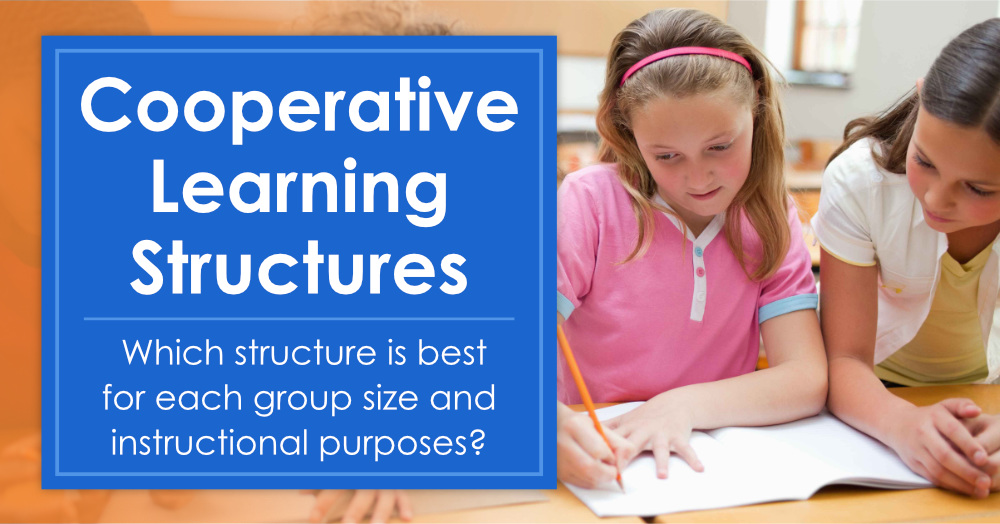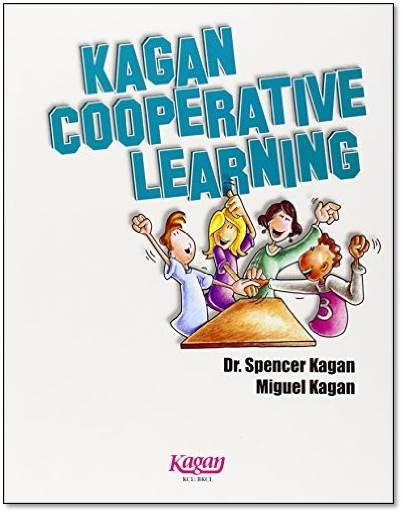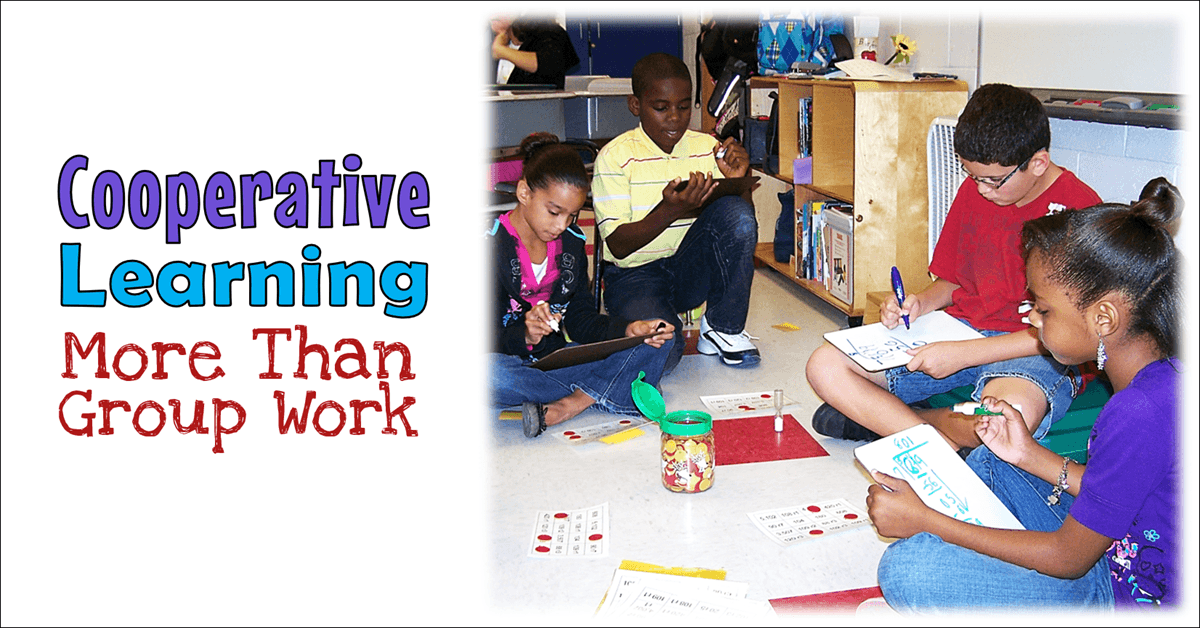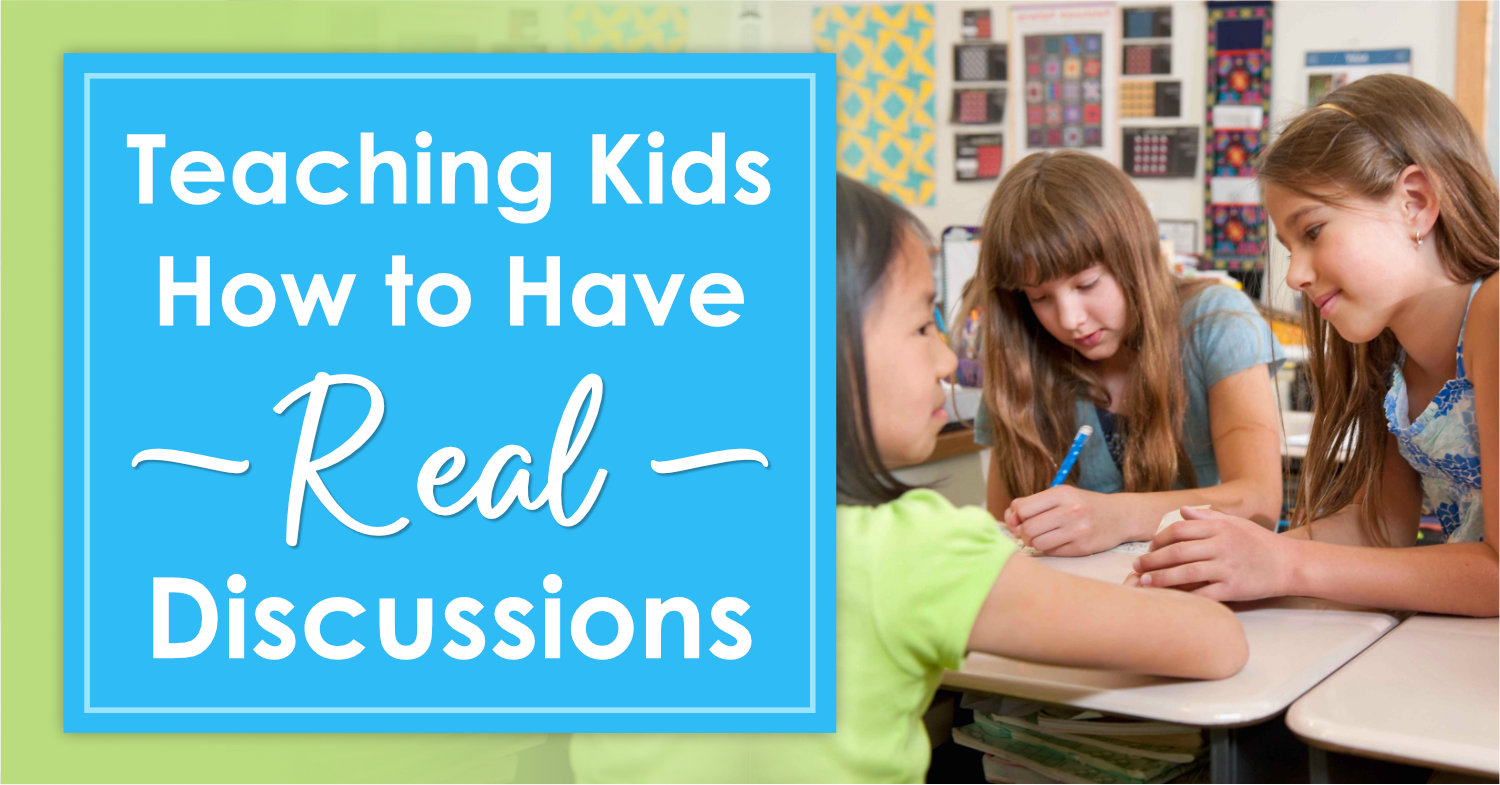Structures are very specific strategies that can be used to organize interactions between students who are working in cooperative learning teams.
Most structures can be used with almost any academic content, but some structures are better than others for certain tasks. For example, some structures regulate interaction between pairs, some are best for team work, and others involve the entire class.
The key is to success with cooperative learning is developing a thorough understanding of which structure is best for a particular group size and instructional purpose.
Dr. Spencer Kagan has developed over 100 structures, but you don’t need to learn them all to use cooperative learning effectively. Most teachers adopt 10 or 15 favorite structures that they use on a regular basis. Each cooperative learning structure, or strategy, consists of very specific steps.
Dr. Kagan granted permission for me to share the steps of one of his most popular structures, Numbered Heads Together, along with suggestions for using it in your classroom. To learn more about the structural approach and how to use each strategy, read his book, Cooperative Learning. It’s the best resource around for cooperative learning, and it clearly explains dozens of structures!
Sample Structure: Numbered Heads Together
- Number students off from 1 to 4 within their teams.
- Call out a question or problem. Example: Where do plants get their energy?
- Students in teams put their heads together to discuss the answer. They must make sure everyone on the team knows the answer.
- Randomly call a number from 1 to 4. For this step, you can use a spinner, draw numbered craft sticks out of a cup, roll a die, use an online tool, etc.
- On each team, the student whose number was called writes the answer on the team response board. They may not receive any help from their team at this point! If they didn’t pay attention during the discussion, they need to make their best attempt without help. They place the response board face down when ready.
- When all teams are ready, ask the designated student to stand and hold up his or her response board to show the answer. Check each team’s answer for accuracy.
- Repeat with additional questions as time allows.
Ways to Use Numbered Heads Together
- Science – Reviewing for a test, discussing experiment results,
- Math – Solving word problems, reviewing geometric shapes, reviewing terms like prime number, multiple
- Health – Reviewing parts of the body and body systems, discussing the food pyramid, discussing issues related to drugs and violence
- Spelling – Practicing the spellings and definitions of words, creating sentences when given a word
- Reading – Discussing setting, plot, theme, characters of a book; listing character traits of various characters in a book; finding the main idea of articles in Weekly Reader or Scholastic News magazines; reviewing poetic terms (onomatopoeia, alliteration, etc.); finding examples of poetic devices in poems
- Writing – Revising and editing written work samples (place work sample on overhead, students put heads together to discuss specific errors in punctuation, spelling, etc.)
- Grammar – Finding nouns, verbs, etc, in sentences; reviewing common versus proper nouns; plural versus possessive nouns; diagramming sentences
- Social Studies – Learning about the stock market; practicing map skills, answering chapter discussion questions, reviewing for a test
- Primary Grades – Reviewing basic shapes and colors, reviewing initial consonant sounds, working with rhyming words, answering questions about a read-aloud book, deciding when to add or subtract with math word problems, naming a pattern (AB, ABC, ABB, etc.), spelling simple words, discussing the results of an experiment, making up sentences with a given word, reviewing the parts of a plant, discussing the events of the day, talking about the calendar
More Favorite Structures
Remember that Numbered Heads Together is just ONE structure, and there over 100 more! Because each structure is a unique, it’s like having tools in a toolbox. All of the tools are worthwhile, but most of them are only effective when used for a particular purpose. Visit Kagan Online to learn more about cooperative learning structures and how to use them. Some of my favorites include:
- Roundrobin
- Rallytable
- Roundtable
- Team Interview
- Mix-Freeze-Pair
- Think-Pair-Share
- Showdown
- Line Ups
- Teammates Consult
- Jigsaw
- Corners
- Mix-N-Match
- Find Someone Who








